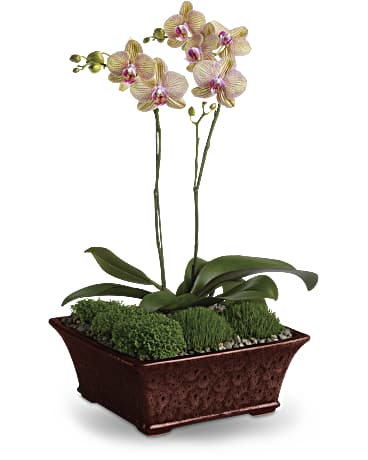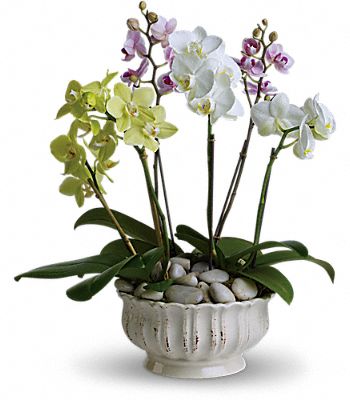Techniques for Exquisite Orchids: Successful Care
Discover easy tips for caring and growing orchids. Learn about their unique requirements, including watering, light, fertilizer, pots, and more. Buy your orchids with us and find out how to care for orchids and create a blooming collection at Rosies & Posies Florist, serving the Santa Clara county.
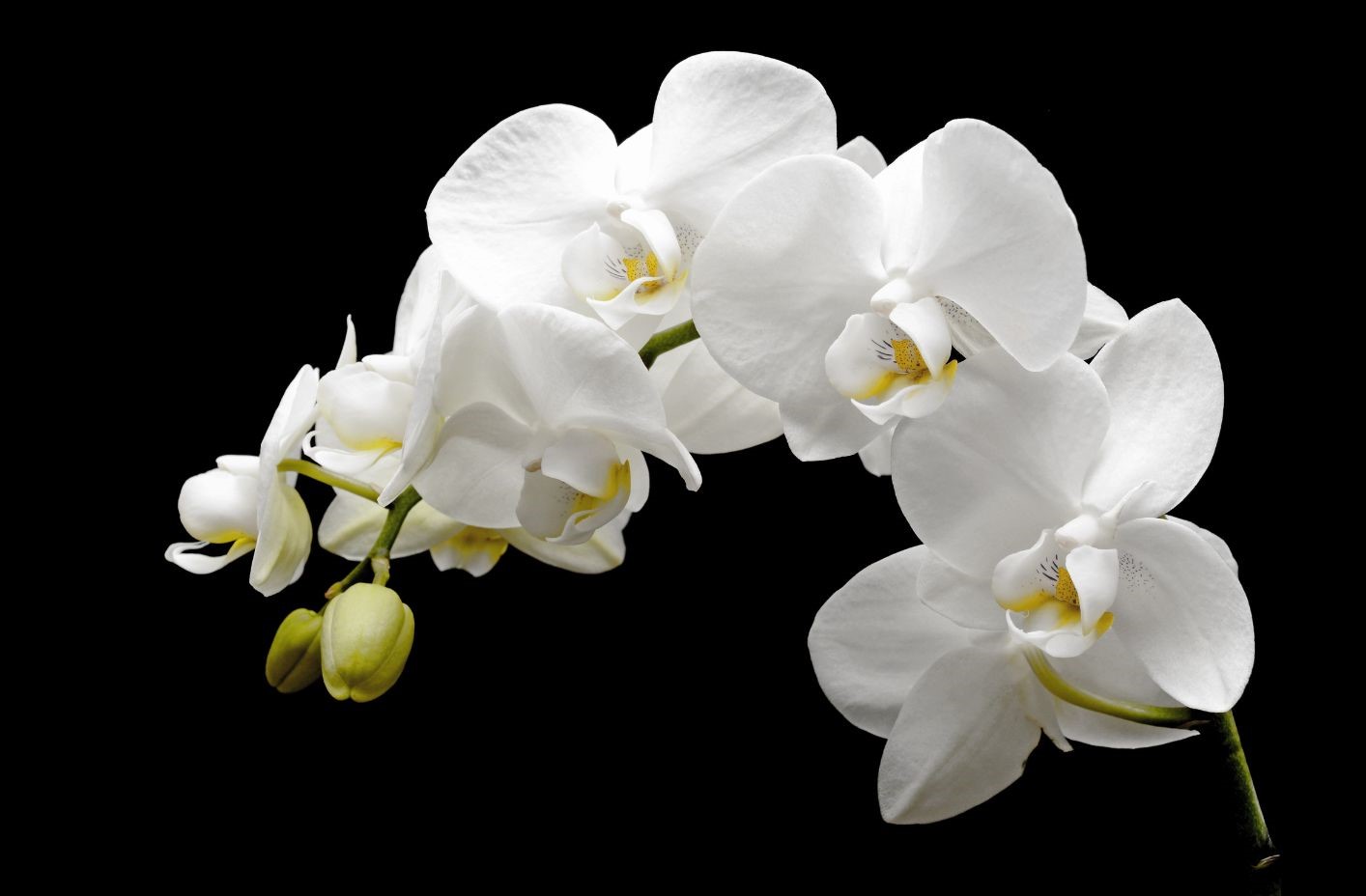
Mastering Orchid Care: Simple Techniques for Stunning Results
Introduction to Orchid Care
If you are new to the world of orchids, don't be afraid of them. Many orchids can be easy to grow if you take some time to learn what they need. At Rosies & Posies Florist, serving the Santa Clara county, we offer a variety of orchids for sale. Orchids are not like traditional potted plants. They are epiphytes, meaning they do not grow in dirt but rather cling to the bark of trees. Epiphytes are plants that grow on other plants. They are not parasites, but they do not have their own roots in the ground. Instead, they get their water and nutrients from the air, rain, and debris that collects around them. Epiphytes are common in tropical rainforests, where they can be found growing on trees, rocks, and other surfaces. Some orchids, like lady slippers, are semi-terrestrial and grow in loamy soil on the jungle floor.
How to Care for Orchids?
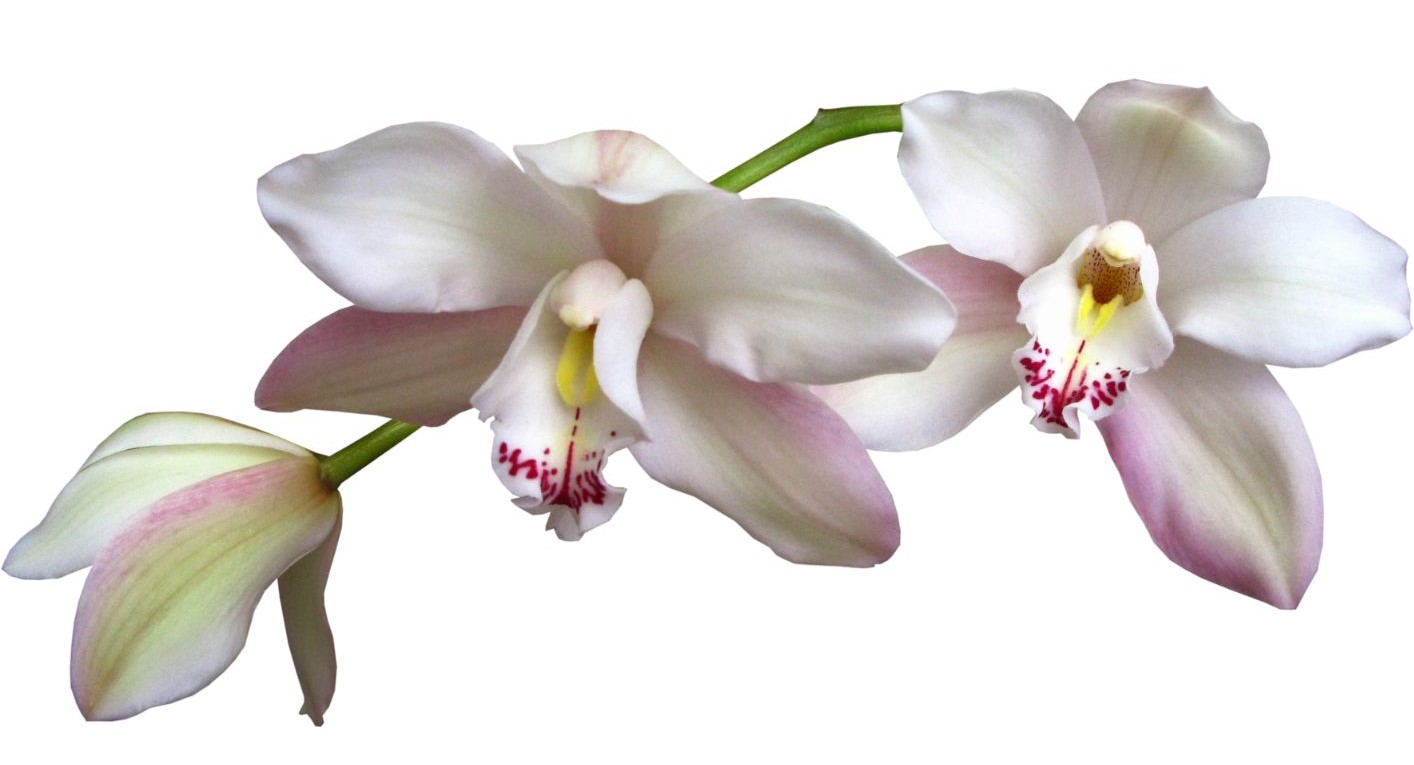
Orchid care is often perceived as difficult, but it is simply different from caring for other plants. With proper care, orchids can bloom for months each year and live indefinitely. Good orchid care requires basic knowledge about orchids and how they grow. Here are the main requirements for proper orchid care:
How to Water Orchids?
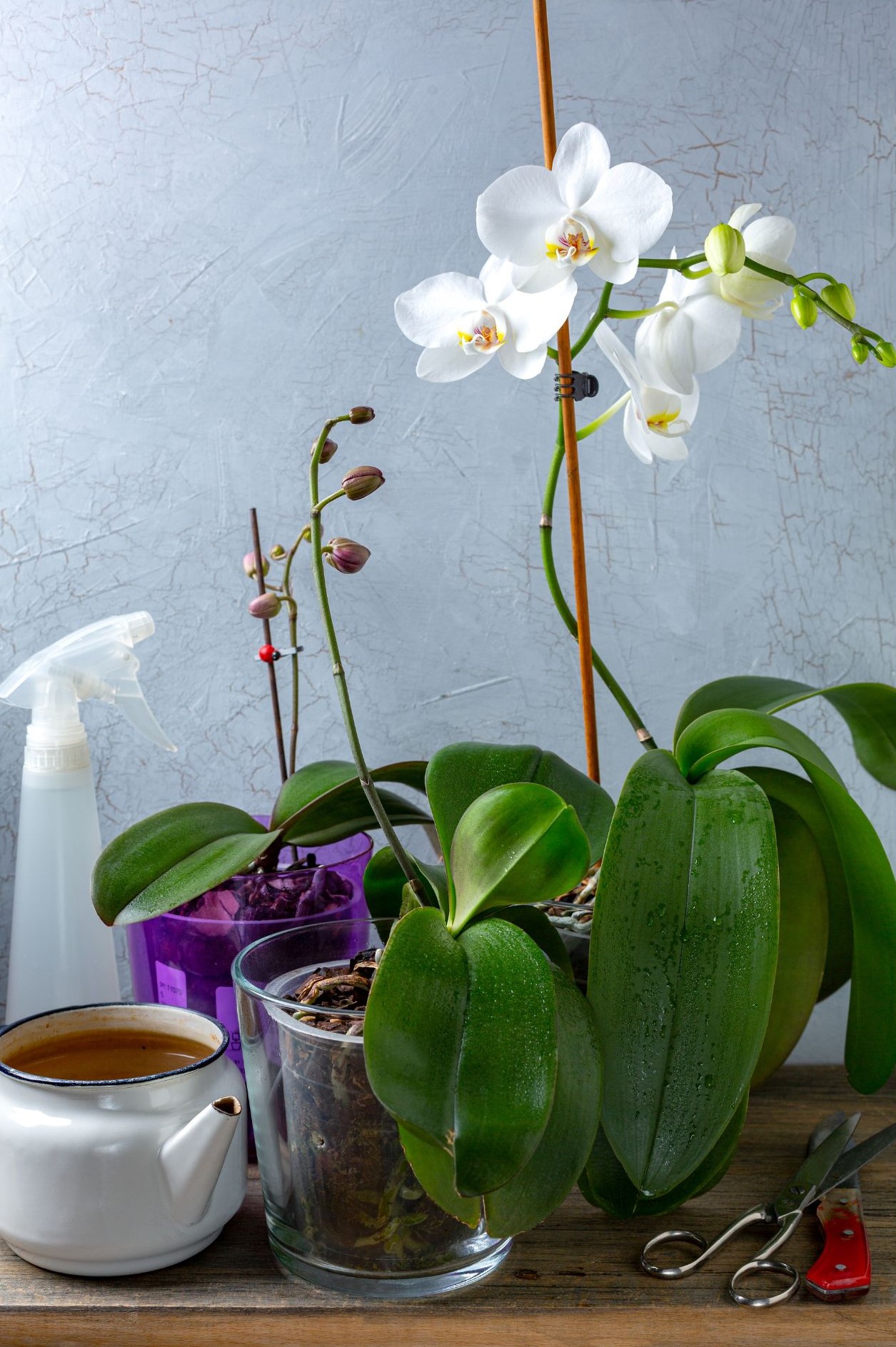
The best way to water an orchid is to submerge it in water for a few minutes once a week. After submerging, lift the pot and allow any excess water to drain out through the holes in the bottom. Once the pot is drained, place it on a saucer of gravel to help air circulate around the roots. This will help prevent root rot and other problems.
Although it is not harmful to get water on the leaves, I find that keeping the leaves dry helps prevent leaf diseases.
What are the Light Needs for Orchids?

Position your orchid in a bright windowsill facing east or west. Orchids have varying light needs, and it's crucial to understand the appropriate amount of light for the specific type of orchid. Light is essential for orchid blooming.
Most epiphytic orchids grow in tropical areas, often attaching themselves to trees high up in the canopy. In their natural habitat, these orchids are found in the shady understory of trees, where they receive indirect sunlight. Direct sunlight can burn the orchid's leaves. So try to keep this mind when choosing the best spot for your orchid.
How to Fertilize Orchids?

Orchids need to be fertilized regularly, but it is important not to over-fertilize. Growers recommend using a balanced fertilizer, such as 20-20-20, that includes all necessary trace elements. Urea should be avoided in fertilizer. If you are unsure of what fertilizer to use, you can use a general-purpose fertilizer for container plants.
The best way to fertilize orchids is to use a weak solution (1/4 strength) every time you water. This is called the "weakly, weekly" approach. Do not fertilize a completely dry plant, as the fertilizer can burn the dry roots. Water the plant first, then follow with the fertilizer solution.
Orchids will do far better with too little fertilizer than with too much. Over-fertilizing can cause the leaves to yellow and the roots to rot.
How to Repot an Orchid?
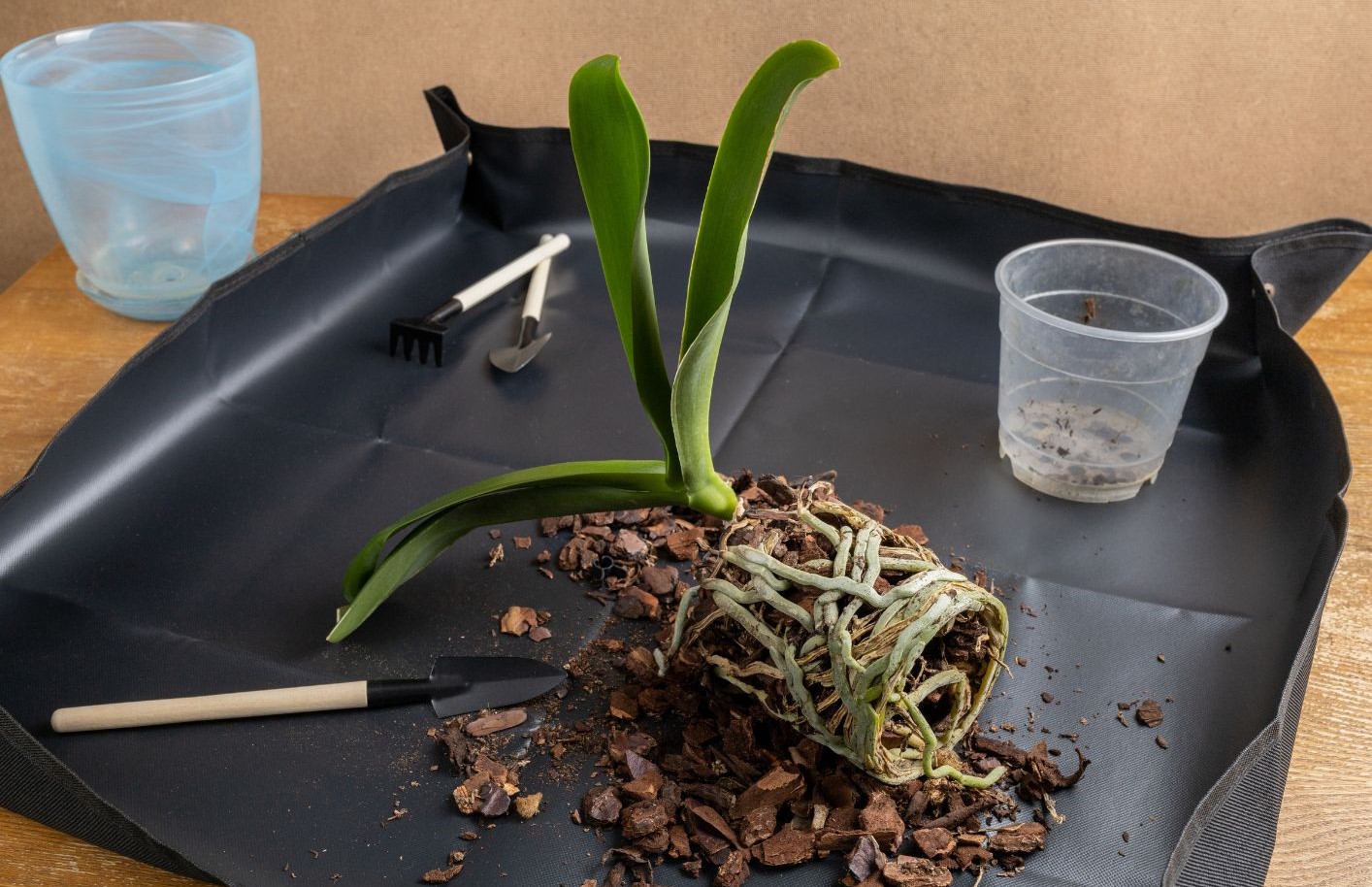
Orchids are beautiful and easy to care for plants, but they do need to be repotted occasionally. Here's how to do it:
- Choose the right pot. Orchids need a pot that is slightly larger than the root ball. The pot should also have drainage holes to allow water to escape.
- Prepare the new pot. Fill the pot with orchid bark, which is a special type of potting mix that allows the roots to breathe.
- Remove the orchid from its old pot. Gently loosen the roots from the old pot. If the roots are tightly bound, you can use a sharp knife to cut them away.
- Repot the orchid. Place the orchid in the new pot and fill in around the roots with orchid bark.
- Water the orchid. Water the orchid thoroughly until water flows out of the drainage holes.
- Fertilize the orchid. Once the orchid has been repotted, you can fertilize it with a balanced fertilizer.
With proper care, your orchid will thrive in its new pot for many years to come.
Here are some additional tips for repotting orchids:
- Repot orchids in the spring or early summer. This is when the plant is actively growing and will be able to adjust to its new pot more easily.
- Avoid over-potting. It is better to repot an orchid into a pot that is slightly too small than one that is too large.
- Water the orchid thoroughly after repotting. This will help the roots to settle into the new pot.
- Fertilize the orchid regularly. Orchids need a balanced fertilizer to thrive.
- Place the orchid in a bright, indirect light location. Orchids need bright light, but they should not be exposed to direct sunlight.
- Monitor the orchid for signs of problems. If the leaves start to turn yellow or the roots start to rot, you may need to repot the orchid again.
Orchid Media and Pots
Orchids require special media in which to grow. They do not grow in dirt but in well-draining mixes. Choose the best orchid mix that matches the type of orchid and its growing conditions. Orchid pots should allow proper air circulation and drainage to prevent root rot.
Humidity and Air Movement
Orchids enjoy humidity but also need air movement. Orchid trays can help maintain humidity levels, while grouping orchids together raises humidity among the plants. Finding a balance between humidity and air movement is crucial for successful orchid care.
Temperature Requirements
Different orchid types have different temperature preferences. Understanding the temperature requirements of your orchids and making small adjustments to meet those needs will result in beautiful blooms.
How Long do Orchids Live?
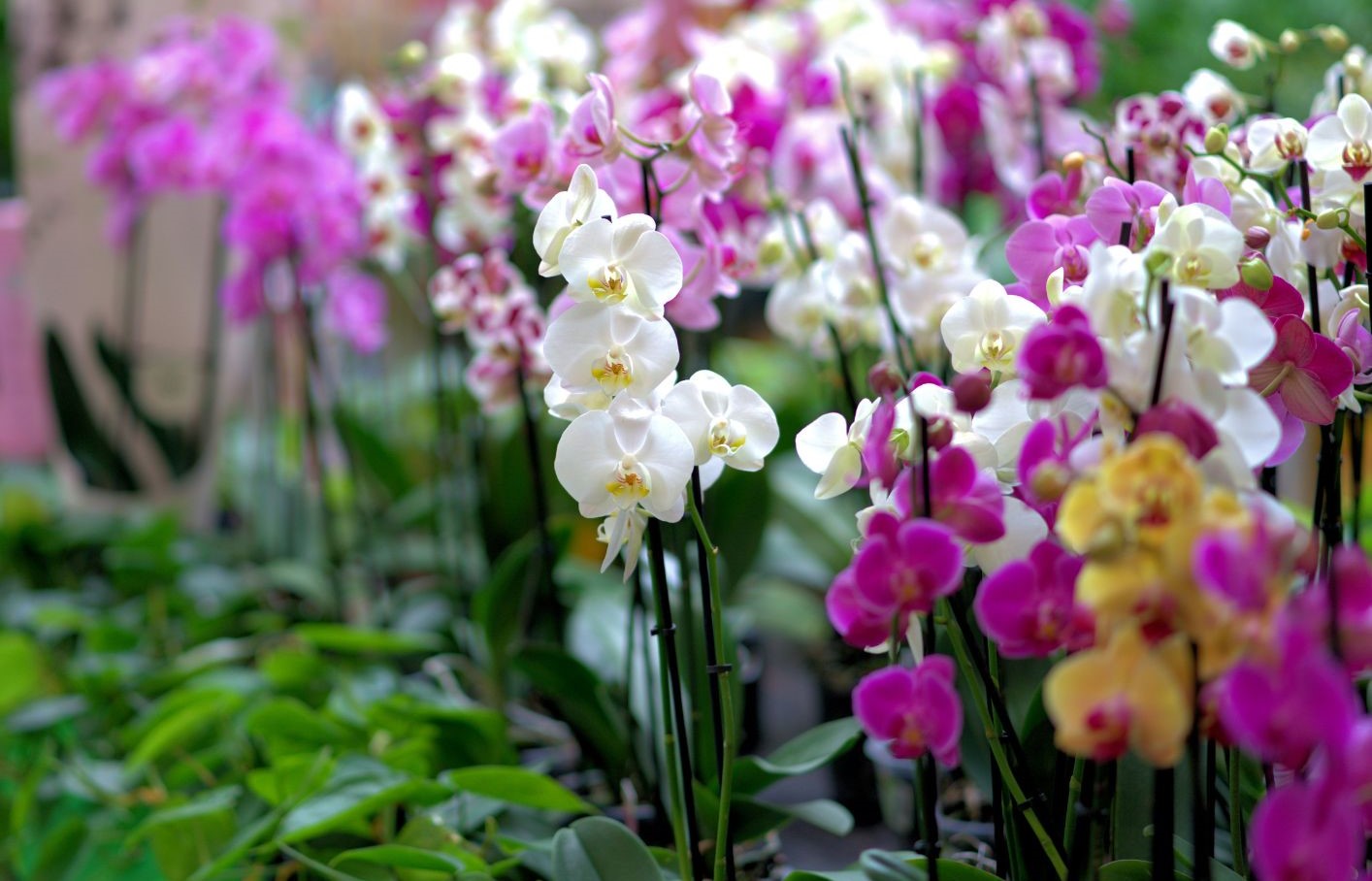
Orchids are beautiful and long-lived plants. With proper care, they can live for many years. The exact lifespan of an orchid will vary depending on the species, but most orchids can live for 10 to 20 years. Some species, such as the Phalaenopsis orchid, can live for even longer, up to 50 years.
Are Orchids Poisonous to Cats?

Orchids are not poisonous to cats. However, if a cat eats any part of an orchid plant, it could experience stomach upset or vomiting. In rare cases, ingestion of large amounts of orchid plant material could lead to a blockage in the digestive tract.
If you think your cat has eaten any part of an orchid plant, it is important to monitor them closely for signs of illness. Symptoms of poisoning in cats can include:
- Vomiting
- Diarrhea
- Loss of appetite
- Lethargy
- Difficulty breathing
- Seizures
If you notice any of these symptoms in your cat, it is important to take them to the veterinarian immediately.
There is no specific antidote for orchid poisoning in cats. Treatment will focus on supportive care, such as providing fluids and electrolytes, and managing any symptoms that may develop. In most cases, cats that have ingested orchid plants will make a full recovery.
To keep your cat safe from poisoning, it is important to keep all plants out of their reach. You may also want to consider placing your orchids in a room that your cat does not have access to.
Buy Beautiful Orchids as a Gift for You or for Friends
